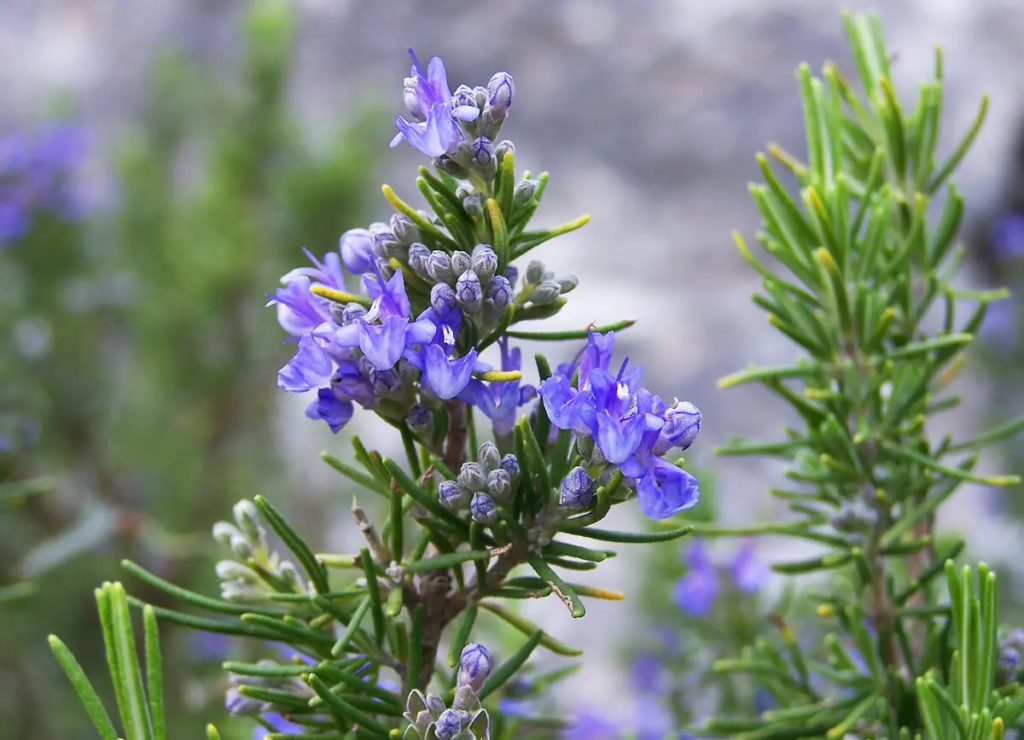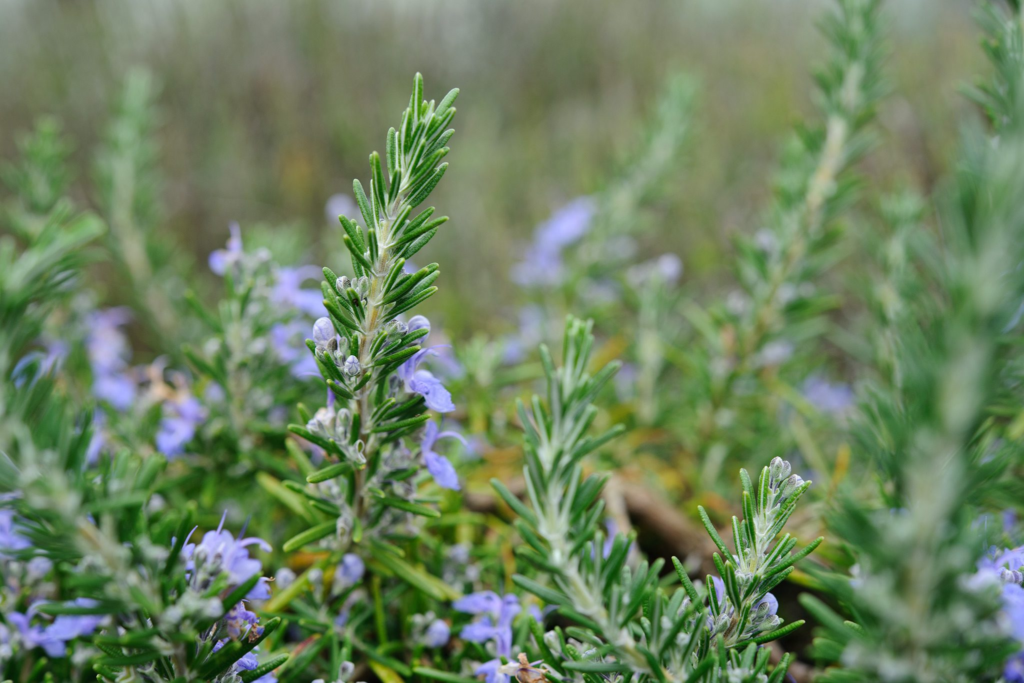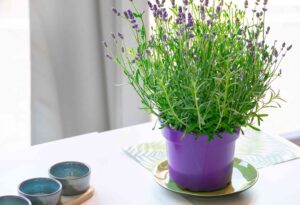How to Grow Rosemary: A Complete Guide for Home Gardeners
Rosemary is one of the most versatile and rewarding herbs you can grow. Whether you’re looking to enhance your cooking with fresh herbs or add an aromatic, drought-tolerant plant to your landscape, rosemary delivers on all fronts. This Mediterranean native not only provides year-round flavor for your kitchen but also attracts beneficial pollinators with its delicate blue flowers. Let me guide you through everything you need to know to successfully grow and enjoy this incredible herb.
Understanding Rosemary
Before you start planting, it’s helpful to understand what makes rosemary thrive. Rosemary (Rosmarinus officinalis) is a woody perennial herb native to the Mediterranean region. It’s adapted to sunny, dry conditions with poor, rocky soil—a history that explains much about its care requirements.
Rosemary Varieties for Different Spaces
Depending on your growing space, certain varieties may work better than others:
Upright Varieties
- ‘Tuscan Blue’ – Excellent for garden borders, reaching 4-6 feet tall
- ‘Spice Islands’ – Known for intense flavor, perfect for cooking
- ‘Blue Spires’ – Hardy with excellent cold tolerance
Prostrate/Trailing Varieties
- ‘Prostratus’ – Ideal for hanging baskets or ground cover
- ‘Huntington Carpet’ – Low-growing with a spreading habit
- ‘Roman Beauty’ – Compact form perfect for containers
When to Plant Rosemary
Timing your rosemary planting correctly sets the stage for success:

| Planting Method | Best Time to Plant | Temperature Range | Expected Results |
|---|---|---|---|
| Seeds | 10-12 weeks before last frost | 65-70°F | Slow germination (14-30 days) |
| Cuttings | Spring or early summer | Above 70°F | Roots in 3-4 weeks |
| Transplants | Spring after frost danger | 55-80°F | Immediate establishment |
| Container plants | Any time (indoors) | Above 50°F | Year-round growing |
According to the USDA Agricultural Research Service, rosemary thrives in USDA hardiness zones 8-10 as a perennial, though some varieties can survive in zone 7 with protection. In colder regions, you’ll need to bring plants indoors for winter. For more information on hardiness zones, visit the USDA Plant Hardiness Zone Map.
How to Plant Rosemary in Containers
Growing rosemary in containers offers flexibility, especially if you have limited space or live in colder climates where rosemary isn’t winter-hardy.
Step-by-Step Container Planting
- Choose the right container: Select a pot at least 12 inches deep with drainage holes. Terracotta pots work exceptionally well as they allow soil to dry properly between waterings.
- Prepare proper soil: Mix potting soil with coarse sand or perlite (about 1:1 ratio) to create the well-draining environment rosemary loves. Aim for a pH between 6.0-7.0.
- Plant properly:
- For seedlings or transplants: Dig a hole slightly larger than the root ball
- Place the plant at the same depth it was previously growing
- Firm soil gently around the roots without compacting too much
- Water thoroughly: Give a deep initial watering, then allow the top inch of soil to dry completely before watering again.
- Place in full sun: Position your container where it will receive at least 6-8 hours of direct sunlight daily.
How to Plant Rosemary in the Garden
Garden planting allows rosemary to reach its full potential, especially in warmer climates where it can become a beautiful landscape feature.
Garden Bed Preparation
- Select the right location: Choose a spot with:
- Full sun exposure (minimum 6 hours daily)
- Protection from harsh winter winds in colder zones
- Well-draining soil (rosemary hates wet feet)
- Prepare the soil:
- Test your soil pH (aim for 6.0-7.5)
- Incorporate sand or fine gravel into clay soils
- Raise beds if drainage is a concern
- Avoid adding excess organic matter—rosemary prefers lean soil
- Spacing considerations:
- Space plants 2-3 feet apart for upright varieties
- Allow 3-4 feet for spreading varieties
- Consider mature size when planting near walkways or other plants
Planting Process
- Dig appropriately sized holes: Make the hole twice as wide as the root ball but at the same depth.
- Add amendments sparingly: If your soil is extremely poor, incorporate a small amount of compost, but don’t overdo it.
- Plant at the right depth: Position the plant so the top of the root ball is level with or slightly above the soil surface.
- Water strategically: Provide deep, infrequent watering during establishment, then reduce frequency as plants mature.
Growing Rosemary from Cuttings
Propagating rosemary from cuttings is not only economical but also ensures you’ll get an exact replica of the parent plant.
Cutting Propagation Steps
- Take proper cuttings:
- Select a healthy, non-flowering stem
- Cut a 4-6 inch section with sharp, clean pruners
- Remove leaves from the bottom 2 inches
- Prepare for rooting:
- Dip the cut end in rooting hormone (optional but helpful)
- Place in a container with moistened perlite or a light rooting medium
- Create a humid environment:
- Cover with a plastic bag or clear dome
- Place in bright, indirect light
- Maintain temperatures between 65-75°F
- Monitor and transplant:
- Check for root development after 3-4 weeks by gently tugging the cutting
- When resistance is felt, transplant to a small pot with well-draining soil
- Acclimate gradually to direct sunlight

Growing Rosemary from Seed
While growing rosemary from seed takes patience, it can be a rewarding way to try different varieties.
Seed Starting Process
- Prepare seed-starting mix: Use a light, sterile seed-starting medium with excellent drainage.
- Sow seeds correctly:
- Sprinkle seeds on the surface of the moistened medium
- Cover with a very thin layer of fine vermiculite or sand
- Mist gently to avoid displacing seeds
- Provide optimal conditions:
- Maintain temperature between 65-70°F
- Ensure bright but indirect light
- Keep the medium consistently moist (not wet)
- Practice patience: Germination can take 14-30 days and is often sporadic.
- Transplant carefully: Move seedlings to individual pots when they have two sets of true leaves.
Rosemary Care and Maintenance
Proper care ensures your rosemary plants remain productive and healthy for years.
Watering Guidelines
The number one cause of rosemary failure is overwatering. Follow these guidelines:
- Allow soil to dry between waterings (check with finger test)
- Water at the base to keep foliage dry
- Increase frequency during extreme heat
- Reduce dramatically during winter months
Fertilization
Rosemary needs minimal fertilization:
- Apply half-strength balanced fertilizer once in spring
- Avoid excess nitrogen, which reduces flavor intensity
- Consider a light application of bone meal in fall in northern regions
Pruning Techniques
Regular pruning promotes bushier growth and prevents woodiness:
- Harvest regularly by cutting stems 3-4 inches long
- Shape plants in early spring before new growth begins
- Never remove more than one-third of the plant at once
- Avoid cutting into old, woody stems that may not regenerate
Overwintering Rosemary
In zones colder than 7, special measures are needed to keep rosemary alive through winter.
Container Overwintering
- Move indoors before first frost: Transition gradually to prevent shock.
- Provide proper conditions:
- Place in a cool room (40-60°F if possible)
- Position near a south-facing window
- Supplement with grow lights if natural light is insufficient
- Adjust care regimen:
- Reduce watering significantly
- Maintain humidity with pebble trays or occasional misting
- Hold off on fertilizing until spring
Garden Overwintering
- Apply mulch: In zone 7, apply a 3-4 inch layer of straw or pine needles around the base after the ground freezes.
- Create windbreaks: Place burlap screens or evergreen boughs on the north/northwest sides.
- Consider temporary protection: For severe cold snaps, cover plants with frost cloth or cloches.
Harvesting and Using Rosemary
Proper harvesting ensures continued production and the best flavor for your culinary creations.
Harvesting Guidelines
- Morning harvest (after dew dries) provides highest oil content
- Cut stems rather than picking individual leaves
- Never harvest more than 1/3 of the plant at once
- Increase harvest frequency to encourage bushy growth
Culinary Uses
Rosemary’s distinctive piney flavor enhances:
- Roasted meats (especially lamb, chicken, and pork)
- Roasted potatoes and root vegetables
- Focaccia and artisan breads
- Infused oils and vinegars
- Herbal teas and cocktails
Preservation Methods
- Drying:
- Hang small bundles in a warm, dry, dark place
- Store whole dried leaves in airtight containers
- Crush just before use for maximum flavor
- Freezing:
- Freeze whole sprigs in airtight containers
- Make rosemary ice cubes with olive oil
- Create herb butter logs for long-term storage

Troubleshooting Common Issues
Even experienced gardeners encounter problems with rosemary occasionally.
Pest Management
- Spider mites and aphids: Treat with insecticidal soap or neem oil
- Root rot: Improve drainage and reduce watering frequency
- Powdery mildew: Increase air circulation and avoid overhead watering
Environmental Stress
- Yellowing leaves: Often indicates overwatering or poor drainage
- Needle drop: May signal drought stress or extreme temperature fluctuations
- Leggy growth: Indicates insufficient light
Companion Planting with Rosemary
Rosemary makes an excellent garden companion for many vegetables and herbs:
- Plant near cabbage family crops to deter cabbage moths
- Grow alongside carrots to repel carrot flies
- Pair with sage, thyme, and lavender for a Mediterranean herb garden
- Avoid planting near basil, which prefers more water
Conclusion
Rosemary offers incredible versatility and rewards for home gardeners. By understanding its Mediterranean origins and providing the well-draining soil and full sun it craves, you’ll be rewarded with a beautiful, aromatic plant that enhances both your landscape and your cooking. Whether you grow it in containers on a sunny windowsill or as a striking landscape element in your garden, this remarkable herb deserves a place in every garden.
Remember, patience is key with rosemary—it’s a slow grower initially but becomes more vigorous with proper care. Once established, you’ll enjoy the benefits of this extraordinary herb for many years to come.






